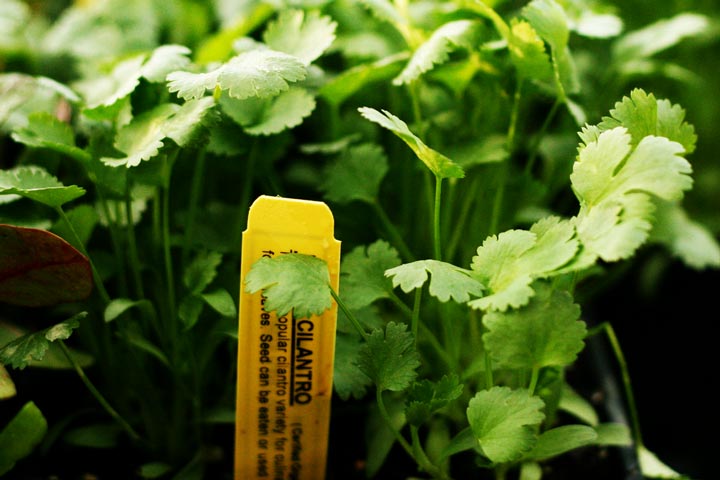
Growing Cilantro
Cilantro needs its own space in the garden where you can harvest it and then let it go to seed. It grows fast in the cool weather of spring and fall, creating a rosette of lacy leaves. When the weather gets warm, the plant sends up a long, lanky flower stalk bearing flat umbels of white or pinkish blossoms which later produce coriander seeds. Plant cilantro in a bed devoted to herbs where it can reseed, or in a corner of the vegetable garden.
In mild climates, cilantro makes a handsome winter companion to pansies. Leaves withstand a light frost.
Soil, Planting, and Care
Grow cilantro in full sun and well-drained soil with a pH of 6.2 to 6.8; it will tolerate light shade in the South and Southwest where the sun is intense. In the South and Southwest, plant 12 to 18 inches apart in the fall or the spring about a month before the last frost. Fall is the ideal time to plant in zones 8, 9, and 10 because the plants will last through until the weather heats up in late spring. When plants begin to bloom, the foliage becomes scarce; for steady harvest, set out plants every 3 to 4 weeks until the weather gets warm in spring, or until the first frost of fall.
Cilantro frequently self sows. As seeds fall to the ground, little plants often come up during the season and the following spring.
Troubleshooting
Cilantro occasionally has problems with aphids and whitefly, wilt, or mildew. For the insects, use insecticidal soap. To prevent or control wilt and mildew, make sure you clean up spent cilantro plants at the end of the season, and remove any infected plants as soon as possible.
One of the surprises that most gardeners get from cilantro is that it moves through its life cycle so quickly, especially in spring. If you are lucky enough to live in a mild winter climate, fall and winter give you the longest season to harvest. Once you understand this fast little plant, it’s easy to manage. Give it its own patch in the garden where you can harvest, then ignore, then harvest again. Harvest while it’s low, let it get tall when it wants to, then cut off the tall plants after the seeds drop to get it out of the way.
This makes room for the new plants that start themselves from the fallen seeds. Or, of course, you can set out new plants every 3 to 4 weeks for as long as we have them in the stores, but the harvest and ignore technique will get you through the in-between times.
Harvest and Storage
You can harvest cilantro’s foliage continually in the cooler months of spring and fall and through winter in areas without hard freezes. Harvest by cutting the leafy stems near ground level; most will be around 6 to 12 inches long. Avoid cutting more than one-third of the leaves at one time, or you may weaken the plant. Fertilize after 4 or 5 harvests.
Cilantro will grow tall and wispy as it starts to bloom. The white flowers later produce the seeds we all know as coriander.
Harvest the seeds by clipping the brown, round seed heads; place upside down in a paper bag. In a few days, the round husks will dry and split in two, dropping the edible seed inside. Don’t delay seed harvest, or the weak stems will fall over.
Uses
Growing cilantro adds a lot of healthy, fresh flavor to your kitchen. Freshly chopped cilantro is an excellent source of potassium, is low in calories, and is good for the digestive system. It is best to use fresh cilantro in cooking since it does not dry very well. Add chopped leaves at the last minute for maximum flavor. Cilantro blends well with mint, cumin, chives, garlic, and marjoram. Store by freezing the leaves in cubes of water or oil; you can dry them, too, but they lose a lot of their flavor this way, which explains why growing your own is far better than buying it from the spice rack.
Store coriander seeds in a cool cabinet or the refrigerator. Use them in curry, poultry, relishes, and pickles.

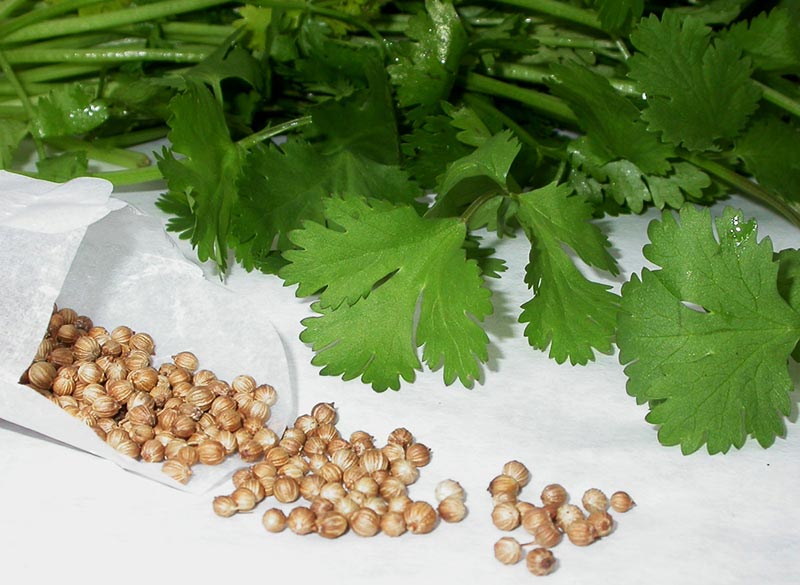
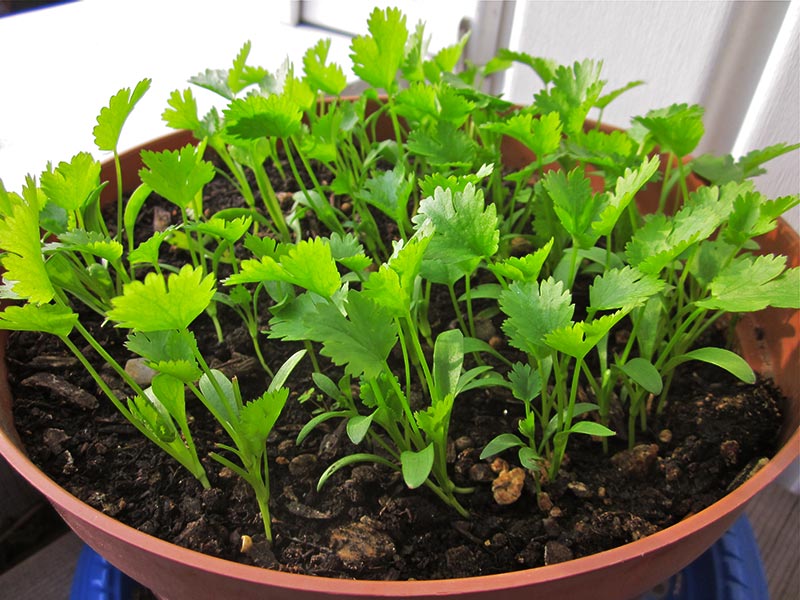



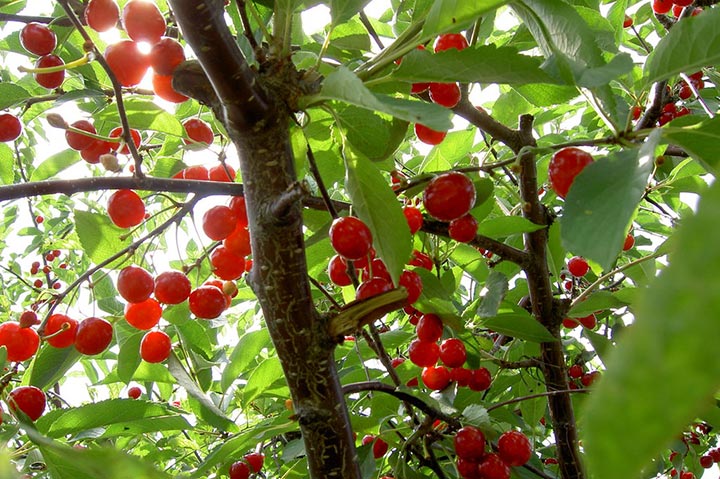

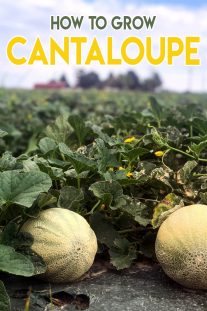
Leave a Reply